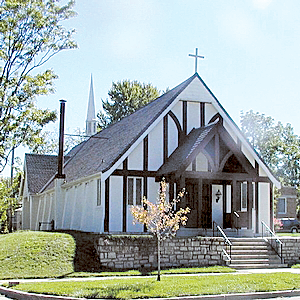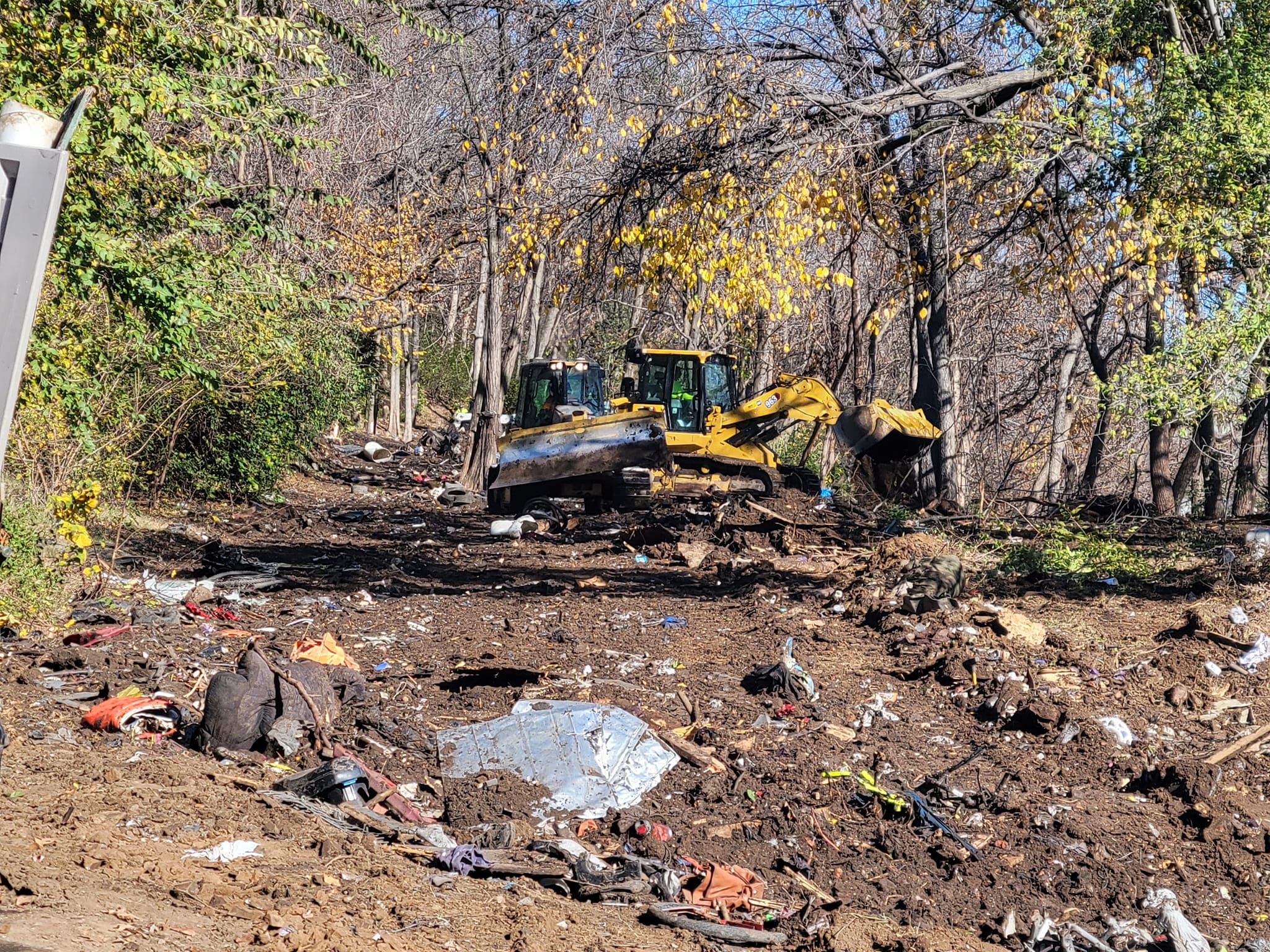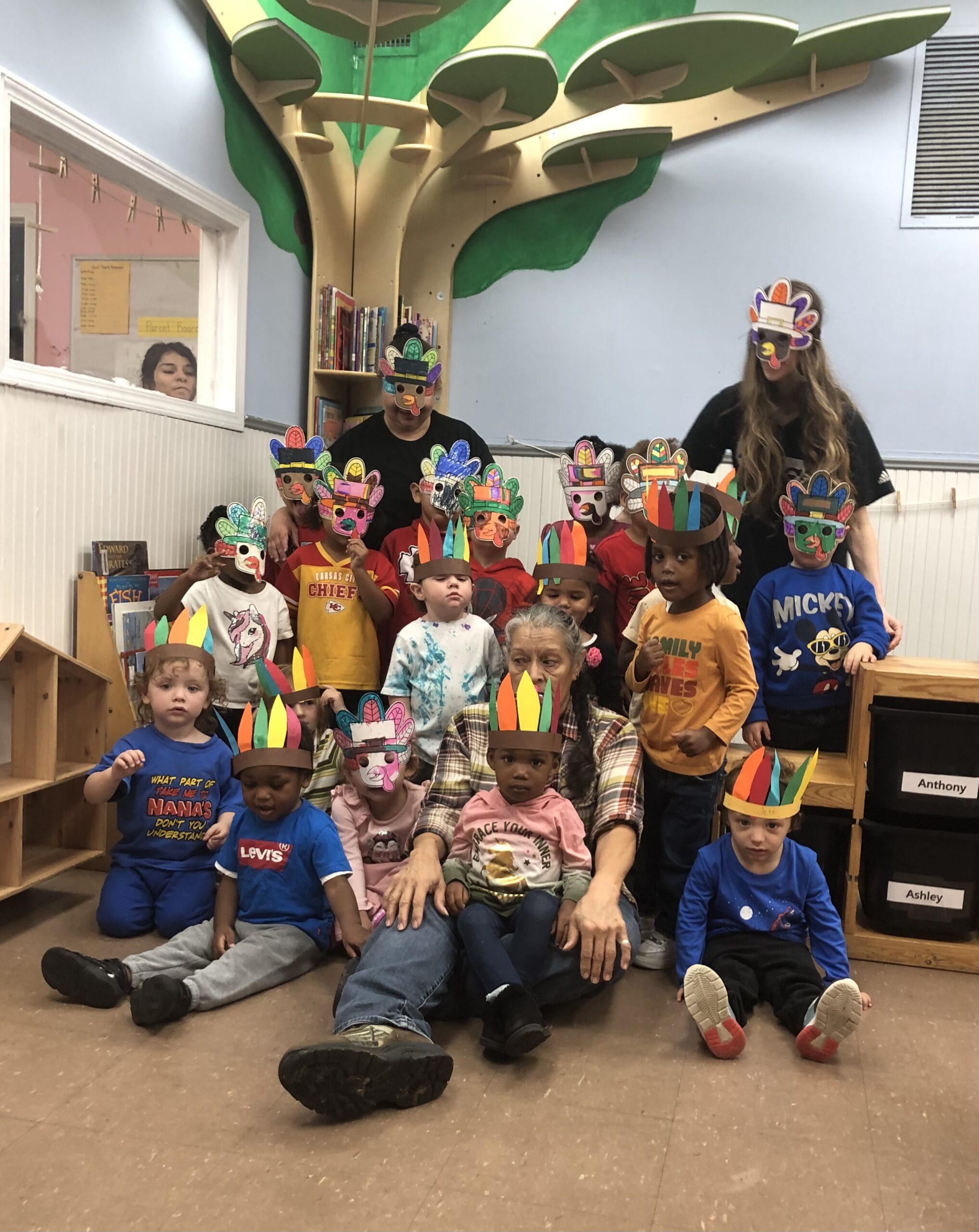
By Abby Hoover
Our Redeemer Lutheran Church at 711 Benton Blvd. will celebrate a century of worship and service in Historic Northeast this Sunday, May 15.
In May of 1921, the Mission Board of the Western District called Rev. Hartwig Dierks to begin a new mission in Northeast Kansas City, Mo. The new congregation grew out of Immanuel Lutheran Church at 16th and Cherry, which has since moved to 42nd and Tracy. After weeks of canvassing the neighborhoods, the first worship service took place in the Odd Fellows Hall at Independence and Spruce Avenues.
By January 1922, the congregation was formally recognized as the Lutheran Church of Our Redeemer, with 11 charter members. The new congregation was largely German immigrants.
On May 28, 1922, the first chapel was dedicated on the present site at Eighth Street and Benton Boulevard, followed the next year by the parish hall. By 1931, the congregation had outgrown its small chapel, so it was enlarged by 30 feet.
Through the years, the parish supported a Christian Day School, and a number of pastors served the congregation. In May 1951, members of Our Redeemer were released to start a new congregation in North Kansas City.
A food pantry was established around 1975, followed by a thrift store where people could shop gently used clothes for pennies a piece.
“We were getting a lot of donations from members of clothes that were still usable but maybe they had outgrown them or whatever,” said Chairman of the Elders Paul Hustad, a member since 1943. “Then there were needy people in the neighborhood who came in, and [new clothes] would give them self esteem.”
In October 2004, a Hispanic ministry was established, and a second worship service added. Vicente Sanchez first served as Lay Worker, and was installed as Vicar in May 2007. He has since completed his education at the seminary and become the sole pastor of Our Redeemer after Rev. Brad Zerkel, who was called to serve the congregation in 2001, retired in 2021.
On December 27, 2012, at 3 a.m., the building suffered a devastating two-alarm fire. In the sanctuary, the ceiling fell in as fire crews tried to extinguish the fire and the pews were burned, leaving very few original details. They saved the 132-piece communion rail, the altar, the Jerusalem crosses adorning the altar and a large cross hanging behind it. They commissioned three stained glass windows in the Munich design to replace the ones that had been knocked out.
“Everything was wiped out on the inside,” Hustad said. “This has since all been redone, restored because it was all smoke damaged. Everything had to be painted… every room had to be redone.”
Nothing had been done, aside from the occasional coat of paint, in the education building or parish hall since it was updated in 1956. Hustad sees the fire as the Lord working in mysterious ways. The congregation was blessed with the donation of many materials, used pews, a lectern and pulpit. The carpet, which had melted into the floor, was replaced and the purchased an electric organ. An engineer by trade, Hustad acted as the general contractor of the repair project.
The carefully restored building now has a renovated sanctuary, a handful of classrooms and office space upstairs for church staff, and the thrift store and pantry in the lower level.
Today, the church’s charitable programs serve a diverse community. Our Redeemer passes out vouchers that families can shop with at local Northeast grocery stores.
The church offers online services, blogs, Bible classes, and services in three different languages – including English, Spanish and an African dialect.
Rev. Sanchez said many of the Hispanic children know English because they’ve learned it at school, but their parents speak Spanish at home. Sometimes, English and Spanish services are combined, with Sanchez switching back and forth between languages.
Hustad reflected that the parish, which was founded by German Lutherans just four years after World War I ended, was a haven for the German immigrants who were often on the fringes of society. Now, the congregation is made up of immigrants and refugees from other parts of the world. As the historic Northeast neighborhoods have evolved, so has the church.
The church survived World War II, the Korean War, civil unrest in the 1960’s, and the COVID-19 pandemic.
“We adapted to what was happening in the neighborhood, and so we have very few original members here now, most of them have come later from the neighborhood,” Hustad said.
His family lived in Northeast when he was growing up, and he attended Northeast High School, where he was the captain of the football team in 1960, before going on to become a civil engineer specializing in geotechnical engineering, working at Burns & McDonnell for over 30 years. Although he no longer lives in the neighborhood, he continues to come back to the old neighborhood each Sunday.
“I like the people that come to and associate with the church, but I think we’re really in a position where we can help the local community and it’s always had a special place in my heart,” Hustad said.
With a congregation of 75, the mission continues 100 years later at Eighth Street and Benton Boulevard. Over the years, it has served as a community center, a food pantry, a thrift store – but most importantly, a place to worship.
“We do what we can, but the net result of having a church is a place to worship, and our ultimate goal is to bring as many souls to Christ as the Holy Spirit will lead, we’re here,” Hustad said. “But physical needs are a big thing with a lot of people now, so where we can help, we do. Christ was a King but he came as a servant… He came not to be served but to serve. If we’re supposed to be like Christ, we should also serve.”
On May 15 at 9:30 a.m., Our Redeemer will celebrate its 100 year anniversary at 711 Benton Blvd. More information can be found at www.ourredeemerkc.com.

















